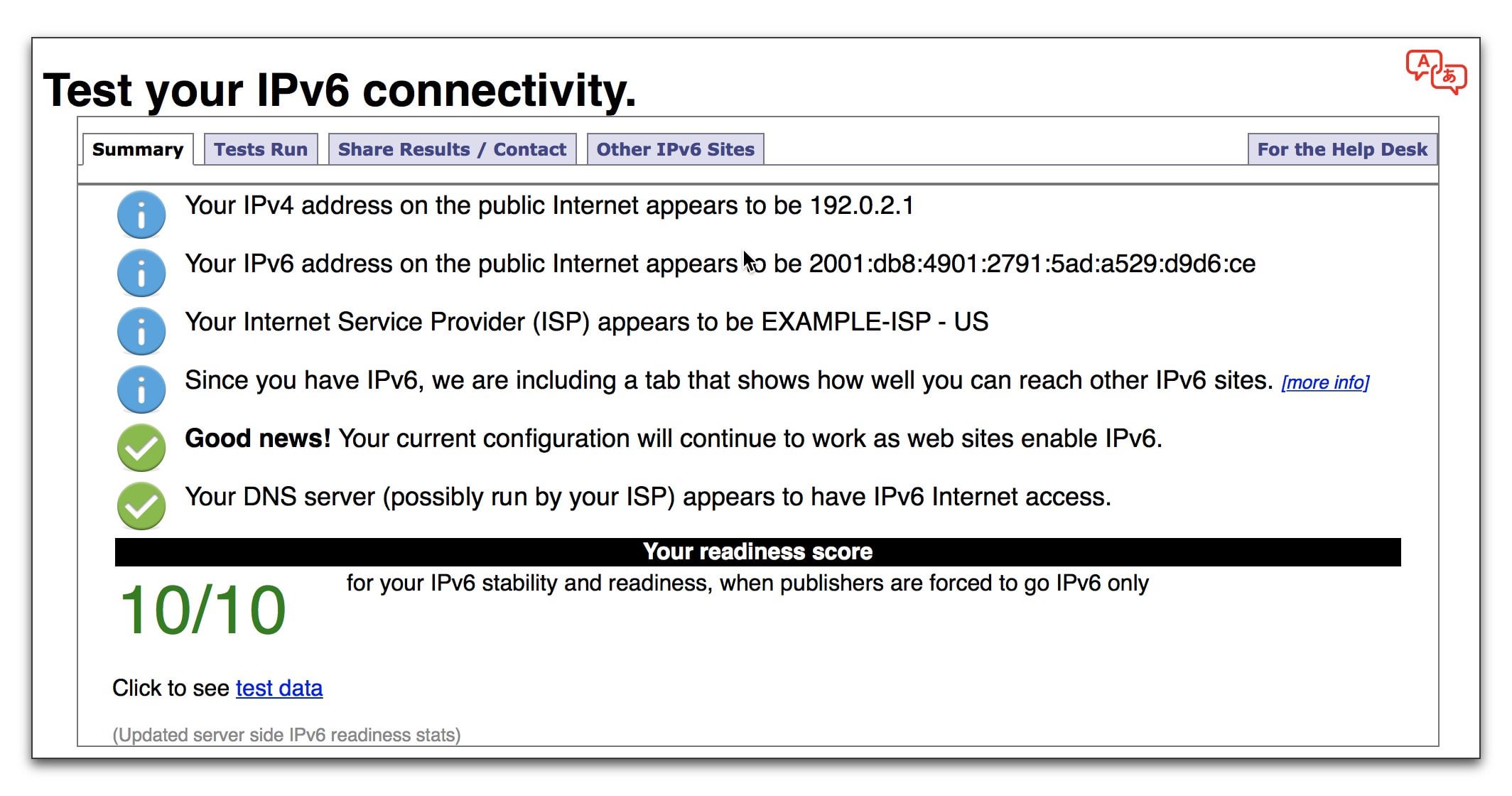
BREAKING NEWS
Google Urges Websites to Disable IPv6 After Widespread Connection Issues
In a shocking move, Google has issued an emergency update to website developers, advising them to disable IPv6 connectivity on their websites due to a series of connection issues that have plagued the internet over the past 48 hours.
According to reports, the issues began surfacing on Tuesday afternoon, with users from all over the world complaining of slow or unresponsive websites, as well as errors and timeouts. The root cause of the problem has been identified as a glitch in the IPv6 protocol, which is a newer version of the internet protocol designed to provide a larger address space and better support for mobile devices.
IPv6 Disabling: A Temporary Fix
Google’s emergency update instructs website developers to temporarily disable IPv6 connectivity on their websites until a permanent fix can be implemented. This will help to prevent further connection issues and restore normal browsing functionality.
"We apologize for the inconvenience this has caused and are working closely with our partners to resolve the issue as quickly as possible," said a Google spokesperson. "In the meantime, we recommend that website developers take immediate action to disable IPv6 connectivity to ensure a smooth browsing experience for their users."
The Impact on the Internet
The widespread connection issues caused by the IPv6 glitch have had a significant impact on the internet, with many websites and online services experiencing downtime or significant slowdowns. The issue has also raised concerns about the reliability and security of the internet infrastructure.
"This is a serious wake-up call for the internet community," said an expert in internet infrastructure. "We need to take a closer look at our systems and protocols to ensure that they are robust and secure. This is not the first time we’ve seen issues with IPv6, and it’s clear that we need to take a more proactive approach to addressing these problems."
What You Can Do
If you’re a website developer or system administrator, you can take the following steps to disable IPv6 connectivity on your website:
- Check your website’s configuration files for IPv6 settings.
- Temporarily disable IPv6 connectivity on your website.
- Monitor your website’s performance and traffic to ensure that it is not affected by the issue.
Stay Informed
We will continue to monitor the situation and provide updates as more information becomes available. Stay informed by following our news feed for the latest developments on this story.
SEO Tags:
- IPv6 connectivity issues
- Google update
- Website developers
- System administrators
- Internet infrastructure
- Connection problems
- Slow browsing
- Errors and timeouts
- Internet reliability
- Security concerns
- Emergency update
- Temporary fix
- Permanent solution
- Online services
- Downtime
- Slowdowns
- Wake-up call
- Internet community
- Infrastructure experts
- IPv6 security
- Internet protocol
- Mobile devices
- Address space
- Technical issues
- Online browsing
there as an ipv6 vulnerability mentioned lately on the news for windows. I think a patch is on the way if not already out.
but for a home user, my understanding is that ipv6 is not required since dhcp takes care of addressing. so ipv6 is for the most part a needless vulnerability that is better off disabled for home users.
you can check if your computer uses ipv6 by visiting the following site:
- https://test-ipv6.com/
- If the site tells you your ip address, then you have ipv6 enabled.
- if the site says no ipv6 found, then it is not enabled.
I checked that site and it told me my ipv6 address.
I saw on-line instructions for disabling ipv6 on windows (use device manager to change properties of the adapter card)
but chromebook hides those types of settings from their users (I believe for security reasons).
I did find I was able to disable ipv6 easily on my router. that seems like a more sensible approach then tweaking each device anyway (as long as no problems are encountered…. we'll see how my iot devices respond).
View info-news.info by absurditey

wrong subreddit?
> What do you think… do you see any downside for typical home user disabling ipv6?
Other than making the rollout of IPv6 even harder instead of someone just … installing their security updates, no not at all.
(Only slightly salty I’m still dealing with NAT-PMP and UnPnP in 2024)
Or, instead of doing all this, just install the security patch released 2 weeks ago by Microsoft.
Wrong sub. This has nothing to do with Bitwarden.
ok, I will delete the thread since it seems not wanted. I will paste the original into this post:
**TLDR: considering turning off ipv6 for security if you don’t need it**
there as a [windows ipv6 vulnerability](https://censys.com/cve-2024-38063/) mentioned lately on the news for windows.
> “CVE-2024-38063 – Issue Description: This is a zero-click, wormable vulnerability in the IPv6 TCP/IP stack of Microsoft Windows enables attackers to remotely execute arbitrary code on affected systems without any user interaction.”
I think a patch is on the way, if not already out. But regardless of recent events, there is the longer term view which argues for disabling ipv6 for typical home users. My understanding is that ipv6 is not required for a typical home user since dhcp takes care of addressing devices within the internal network. And if you don’t need it, then it’s nothing more than a needless attack surface which is better off disabled for home users, at least according to *”Network Chuck”* (paraphrased) in his video:
* [IPv6 keeps getting hacked – YouTube](https://www.youtube.com/watch?v=Z_QlUyYlUCg)
you can check if your computer uses ipv6 by visiting the following site:
* https://test-ipv6.com/
* If the site tells you your ip address, then you have ipv6 enabled.
* if the site says no ipv6 found, then it is not enabled.
I checked that site and it told me my ipv6 address.
I saw on-line [instructions for disabling ipv6 on windows](https://support.nordvpn.com/hc/en-us/articles/19919186892305-How-to-disable-IPv6-on-Windows)
but I was not able to do that on chromebook because chromebook tends to hide those types of settings from their users.
I was able to disable ipv6 easily on my router control page. That seems like a more sensible approach than tweaking each device anyway (as long as no problems are encountered…. we’ll see how my iot devices react).
**What do you think… do you see any downside for typical home user disabling ipv6?**